The hidden issues associated with rescuing smuggled horses.
Posted on 04/04/2025
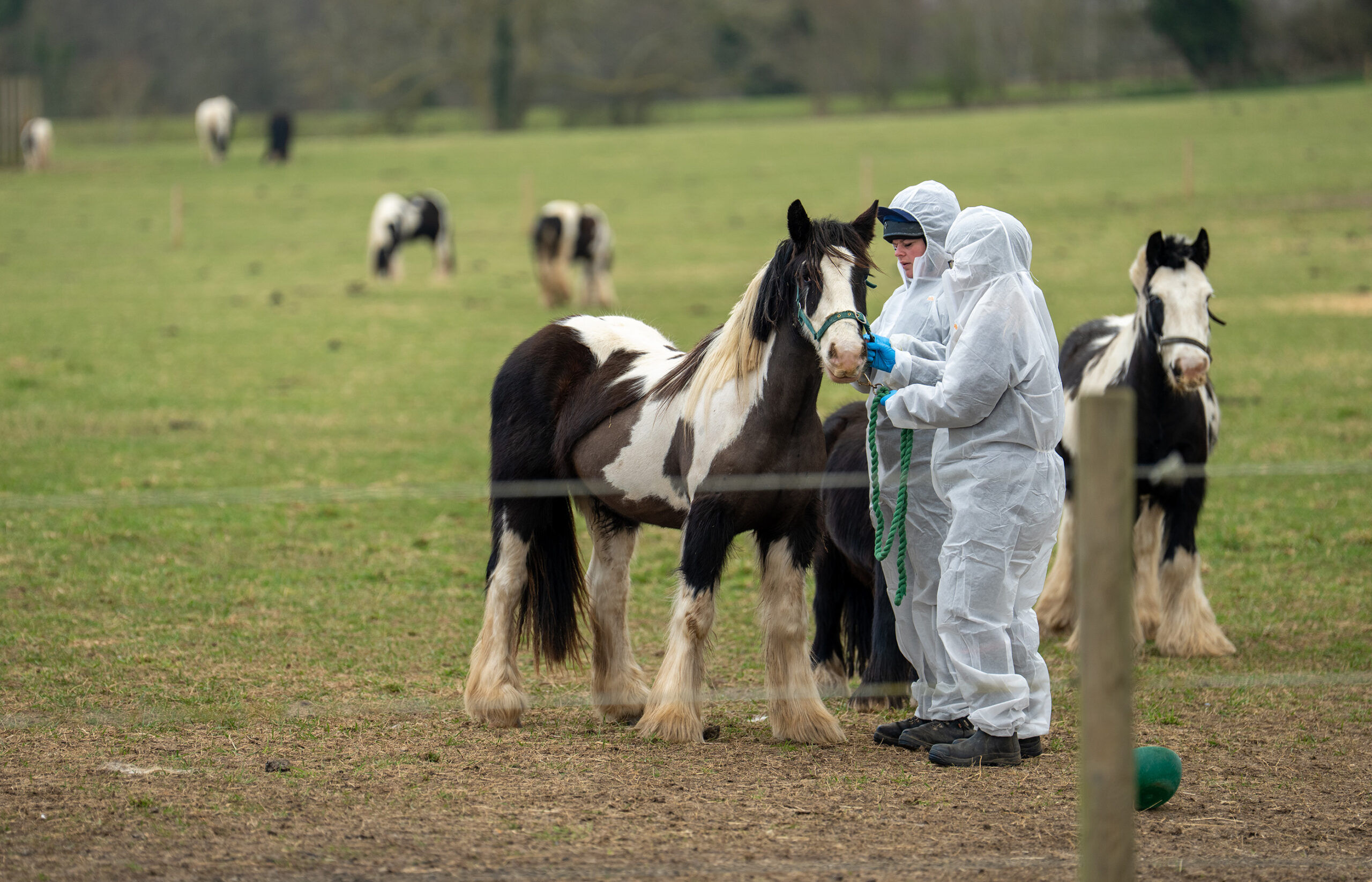
In the weeks since our rescue of The Trafficked 20 group of horses we have started to share their stories with you, including little cob Kevin who was suffering from a severe skin condition. So many of us have been shocked by the heartbreaking news of this group who were being shipped overseas to an unknown fate.
Kevin and the other seven who came into our care are the lucky ones as they are now receiving the help they need from our team at Hall Farm Rescue and Rehoming Centre in Norfolk.
As an equine welfare organisation we are always at the ready to take in vulnerable horses like these who have fallen on hard times. Now, our dedicated team is working tirelessly to restore the Trafficked 20 horses to health.
Whilst our farm has biosecurity measures to mitigate the disease risk associated with horses arriving from unknown backgrounds, we believe one of the Trafficked 20 horses has brought strangles to our farm and this had a big impact on our charity.
We caught up with Malcolm Morley, our Director of UK; Sue Hodgkins, Hall Farm Manager; and Lizzie Bird, Assistant Farm Manager, to find out more about how our charity is managing the outbreak.
Malcolm: “Sadly, with these horses have come hidden issues. They have brought the highly infectious disease strangles to the farm. We’re used to dealing with infectious diseases and our yards can cope with that but, in this instance, even with the protocols that we’ve got, strangles has spread to other horses on the farm.
“So, we have found ourselves tackling an outbreak and have taken swift and robust action to bring it under control. There’s a huge stigma around strangles and one of the biggest problems is that people just aren’t prepared to talk about it. It gets glossed over, it gets hushed up. We’re not only treating these horses, but we’re keen to tell you how we’re doing that and be really honest about the problems that we’re facing.”

What is strangles?
“Strangles is a disease that only affects horses, zebras, donkeys and mules. Nothing else seems to get it, so we don’t have to worry about people or dogs – it’s very unusual in that respect – but it is highly contagious amongst horses and spreads really easily. Most cases of this bacterial infection are mild, and it typically manifests in three ways – it causes fever, a snotty nose and swollen glands under the chin where it can cause abscesses. Horses can feel very unwell with it but thankfully the more serious cases are less common. It can cause breathing difficulties as well – hence this very emotive word strangles, which so many horse owners know about.”
Why is strangles so tricky to treat and manage?
“Firstly, it’s a particular risk if you mix horses from multiple locations, especially if they are in poor health or stressed and for that reason, strangles is often associated with transportation of animals or immunocompromised horses. Sounds familiar? Yes, our farms, and that is why we need to take it seriously and we do, especially if we don’t want to spread it further afield.
“The second tricky thing is that strangles spreads remarkably easily – through direct contact, through shared water and shared equipment.
“The third reason why it’s so tricky is some horses can show no symptoms at all but still carry the bacteria. The key is finding those carriers and maintaining biosecurity.”
How do we control strangles?
“In terms of us controlling strangles at Hall Farm, the first thing we had to do was to isolate all the horses into separate groups. We’ll remember Covid and the isolation from each other. That’s what we have done with these horses. If we separate the horses, we stop the spread and we break the cycle.
“The grooms who are working with the horses have also been split up into different groups, so that they’re working within their individual teams and doing their very best not to be part of the spread of this disease.

“Then we have had to try and work out where strangles is on the farm. The problem is there’s no simple test for it. The horses at Hall Farm, and at all our farms, come from so many different situations and backgrounds. Often, they’re the down and destitute, the poorly and the immunosuppressed, which is why we have to be so good at looking after horses and preventing disease spread.”
Sue tells us more about the biosecurity measures in detail and what the team are doing to look after the horses in our care.
Our biosecurity measures
Sue: “Once we had the first confirmed diagnosis, we set up some strict biosecurity measures and the first thing we did was to put the farm into a traffic light system. This enables us to identify which parts of the farm are which. The red zone contains horses that have had a positive nasal swab, or guttural pouch wash result, but also any horses that have had any direct exposure to infected horses.
“The amber zone is probably one of the most important zones here at Hall Farm because this area tells us which horses have a possible exposure to infection, so we don’t know for sure but it’s really important that we isolate those horses away from any of the other horses on the farm and we continue to monitor them for any clinical signs. In the green zone, the horses, as far as we are aware, have not been exposed to any infected horses.
“Once we’d put the farm into the traffic light system, the next important thing to do was to divide the staff members into allocated zones to work within. Once each team was allocated its zone, they were not allowed to work outside of that zone. This is to help reduce the risk of transmitting the disease from group to group. We then introduced full PPE – the disposable overalls and the double glove system.

“We also introduced infection control points outside each field which includes foot dips, disinfectant sprays, waste bins with double liners in, and each horse was allocated their own buckets and headcollars which are left outside the fields.
“Equally, it was just as important to work out which vehicles each team were going to use so vehicles were also allocated to a dedicated colour zone and were not allowed to go directly into any of the paddocks.
“It was important that we could continue to carry out routine daily jobs like mechanically sweeping the paddocks [to remove droppings] so entry and exit routes were set up for each paddock. As soon as the sweeper left a paddock its wheels, tyres, and the sweeper itself would be thoroughly disinfected. On the days when we swept the red zones the sweeper would be pressure washed with hot water and then re-disinfected.
“While the staff are working in these zones, they are monitoring all the horses on a daily basis and recording any symptoms that they may encounter.”
Lizzie picks up the story to let us know how the team are working to treat the horses on the farm.
How are we treating strangles?
Lizzie: “With the same team members working in the same zone every day, they are with the same horses which works really well with the treatments. They can continually assess how the horses are getting along with the strangles, and how they are coping. If the horse has an abscess, they can check for size and if it bursts, they can see how quick the recovery is. It’s also good for them to monitor the nasal discharge as well as taking the horse’s temperature on a daily basis.

“Some of the horses that have strangles don’t seem to suffer too badly – some just have a bit of nasal discharge and a high temperature. This usually lasts a few days and then they recover quite quickly. But some of our horses have had abscesses burst out under their jaws, or on the side of their necks near their ears. We clean these daily, or as the horse will let us. Some, at first, have needed to have sedation to be able to be cleaned and generally, as they become less painful, they are better for us to do. Then we can closely monitor them.
“Some of the horses, when they had a temperature, were shaking and off their feed, so we’re counting the amount of droppings they are doing just so we don’t have side effects with anything like colic.
“Some horses develop the antibodies needed and their body will fight off the disease and once it’s gone, they seem to have a bit of immunity to strangles in the future but it also seems to affect some horses a lot worse than others and sometimes, that’s due to their age.
“On our yard at the moment, it seems to be the younger horses under five years that are suffering more with the strangles. The horses between five and 15 don’t seem to have had it as badly, or at all. So, the younger ones just seem to have less immunity.
“When we think our horses have strangles, we take their temperature, and that seems to be a really good guide. If a horse’s temperature is about 38.5 degrees or above, then it’s quite likely they have a fever. The horse often looks a bit down and depressed, sometimes with nasal discharge and sometimes with abscesses. Generally, if they’re showing these signs, and we know we have strangles on our yard, we treat it as strangles.

“When they’ve stopped showing signs and symptoms for 21 days, we will then carry out a guttural pouch wash and a nasal wash on each individual horse. Here, a sample will be taken which will go off to a lab to be tested to confirm whether they’ve still got strangles or not. When we do the guttural pouch wash, we are also looking for pus in the guttural pouch pockets and chondroids (this is when pus from abscesses dries and forms balls). If chondroids are present, the horse might become a carrier which means it will then need a guttural pouch treatment. Our horses are currently having three treatments and after that, we will do another guttural pouch wash to see if they are negative for strangles.
“On the farm, we have more than 100 horses at the moment, so it’s been really hard with the biosecurity measures in place to keep everything in their zones to stop the strangles spreading. At the moment, our plan is to guttural pouch wash every horse on the farm to check that they are strangles-free, and we’re doing that through the zones from red to green – even the horses that have shown no signs or symptoms of strangles will still have a guttural pouch wash to make sure.”

When we think about strangles, its impact is far reaching, which Sue tells us more about.
What impact has it had on Hall Farm?
Sue: “As I’ve mentioned, the first thing we did was to stop the movement of horses around the farm and minimise any contact that we have with the horses. That means that we’re not doing anything with the horses unless it is absolutely essential – we’ve had to stop all ongoing handling, we’ve not been able to exercise any of the horses and we’ve not been able to carry out any normal activities like loading and travelling practice. So, this has had a real impact on the rehabilitation process and it’s had a real impact on the progress of the horses on the farm.
“We’ve also had to stop the movement of horses in and out of the farm which includes rehoming horses. Our main priority is to contain this infection within Hall Farm as what we don’t want to do is run the risk of it spreading further.
“We’ve also had to close the farm to people – to visitors, competitors and rehomers – so our horses that have already found homes to go to are still on the farm. Our Rehoming Coordinators have not been able to make any new rehoming appointments but we’re pleased to say that we’re still getting plenty of applications to rehome.

“We’ve also had to endure a loss of income from visitors coming in to the farm, and also from our evening and weekend school hire.”
What are the positives?
“The biggest positive of all is the team, who have been absolutely fantastic. It would be really easy for them to start to become quite demotivated and to allow morale to plummet and, although there are ongoing daily frustrations and lots of questions, the team have remained really positive and really upbeat.

“The other really big positive is that our visitors have been incredibly supportive. They have welcomed our very honest and open and transparent approach to strangles.
“Importantly, most of our horses are thriving in our care. They don’t even seem to mind that the grooms are no longer in their usual navy blue uniforms but are dressed from head to toe in white biosecurity suits with bright blue gloves!”
What is next?
“We are planning an exit strategy, so that we can start to return to some sort of normality. Through testing, we want to create clean zones on the farm and once these are created, it will mean we can start to return to our daily activities and begin to reintroduce rehoming.”
Our Director Of UK, Malcolm, who is a vet, knows just how worried many horse owners will be about strangles.
Malcolm: “Many horse owners will be very fearful of strangles. We know how infectious it is and how easily it can spread. Our yard has been shut down as part of our biosecurity measures and that is what many people would fear in their own yards.
“It’s imperative for us to solve this. If we don’t, it’s going to continue to stop the normal functioning of Hall Farm to be able to bring in horses that we want to rescue and rehabilitate. And that is why it’s so important we clear this infection up as soon as we can.”

What is the impact on our charity?
“When we think about the impact of this it’s not just financial, although it has been and continues to be very costly. It has also been a lot of work for our team and it has had a big impact on all of us. Our team is looking after the horses brilliantly, but it has taken a lot of effort to get us to the point we are at today. I know how much they care about these horses, but they also go home to their own horses and the effort they have to put in to make sure that they’re clean and are not taking this disease home, that is a big piece of work.
“For people locally with horses, we recognise that they may well be concerned, but I’m absolutely confident that we’ve got this contained within our farm and are taking every precaution we can.

“We’re getting out the other side and we’re really looking forward to getting our horses back being rehomed and welcoming people back to the farm.
“We will be feeling this for some time to come, but that will not stop us going out there and continuing to support these sorts of horses who are being smuggled through the UK to an unknown future on the continent. That’s the smuggling trade that we want to carry on disrupting. We appreciate so much what people do to support us and we wouldn’t be able to carry on our vital work of rescuing vulnerable horses without your help.”
It’s been a tough few months but, with regular testing and separation measures in place, we are focused on resolving the outbreak and will welcome back visitors as soon as it is safe for us to do so.
What to do if you think your horse may have strangles or another disease
Lizzie offers this advice:
“If you’re concerned about disease on your own yard, take the horse’s temperature because if they have a fever it’s a really good guide that it’s likely to be something infectious – not always, but it’s quite likely.
“If a fever is present, isolate that horse and remove it from the field if it is out with others. Completely clean the water supply that they have been in contact with and disinfect it. Try to also disinfect anything that the horse might have touched like fencing and any tools you use to muck out your stables, so everything is clean.
“Move the horse into a stable or field on its own and then regularly take their temperature. If the fever persists or they display any other signs or symptoms you need to call your vet, and they can do a guttural pouch wash to confirm if it is strangles or if it isn’t.”
Topics
Related Blog Posts
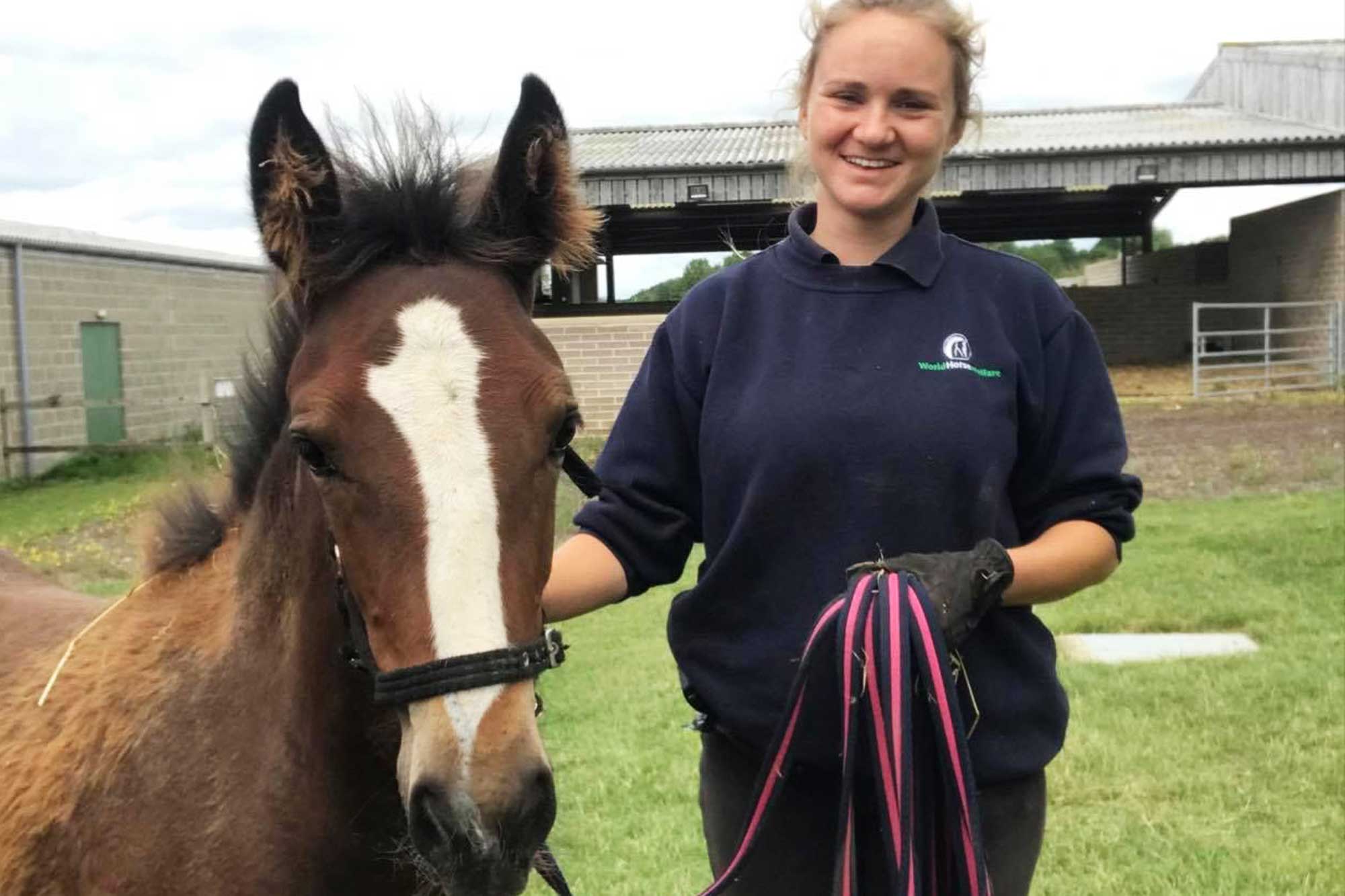
Buena’s story – how our foals are cared for from birth to rehoming
Senior Groom Steph introduces lovely filly Buena and explains how the team care for foals from birth right through to finding them a loving home for youngster handling.
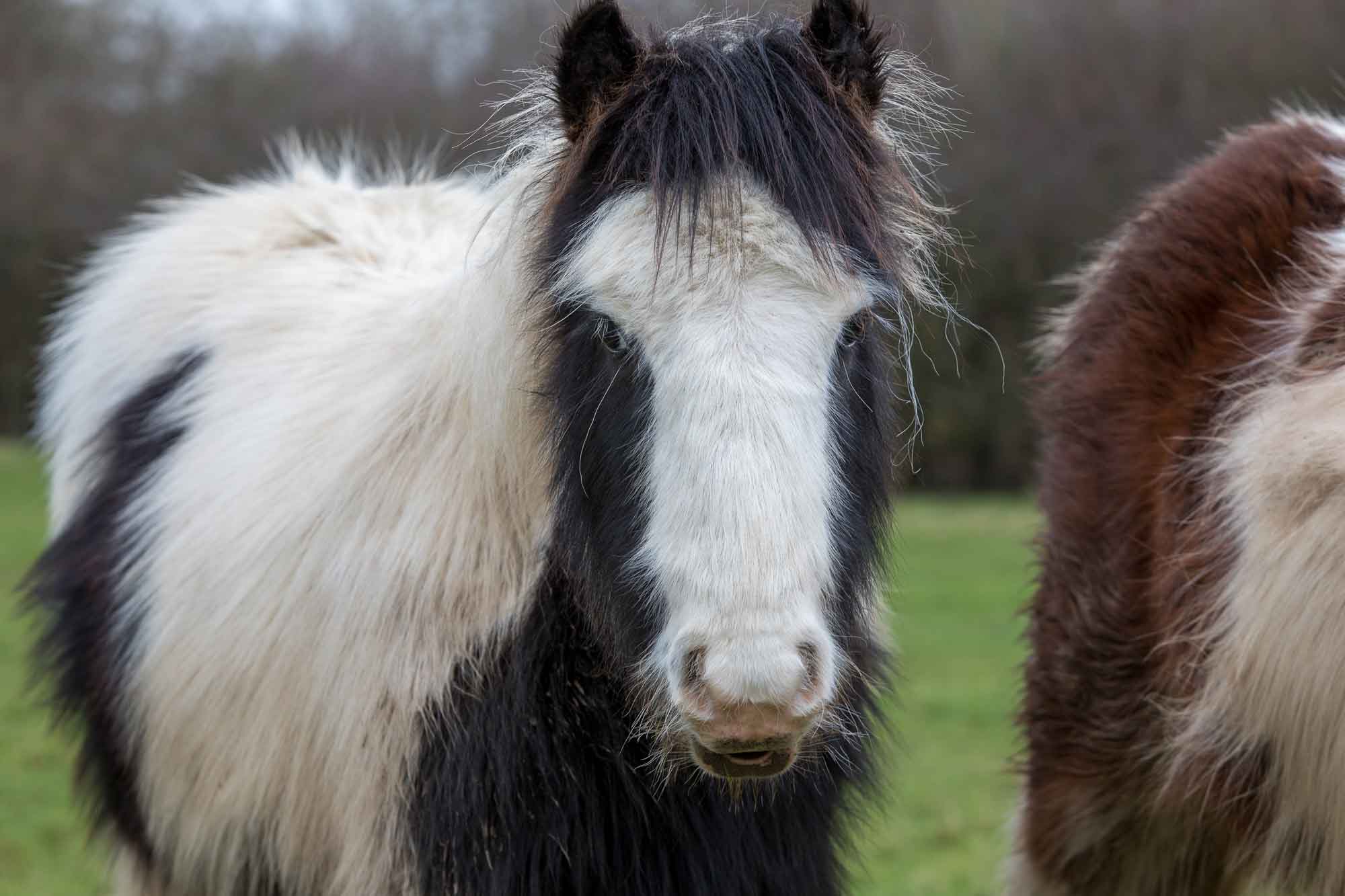
Behind the scenes: the first few months as a World Horse Field Officer
Find out what really goes on behind the scenes as a World Horse Welfare Field Officer.
Recommended News Articles

World Horse Welfare highlights the significance of the world’s most extensive equine surfaces study
World Horse Welfare Chief Executive Roly Owers lends his support to the world’s most extensive study into the effect of arena surfaces on the orthopaedic health of sport horses (in the seven FEI disciplines and in racing).
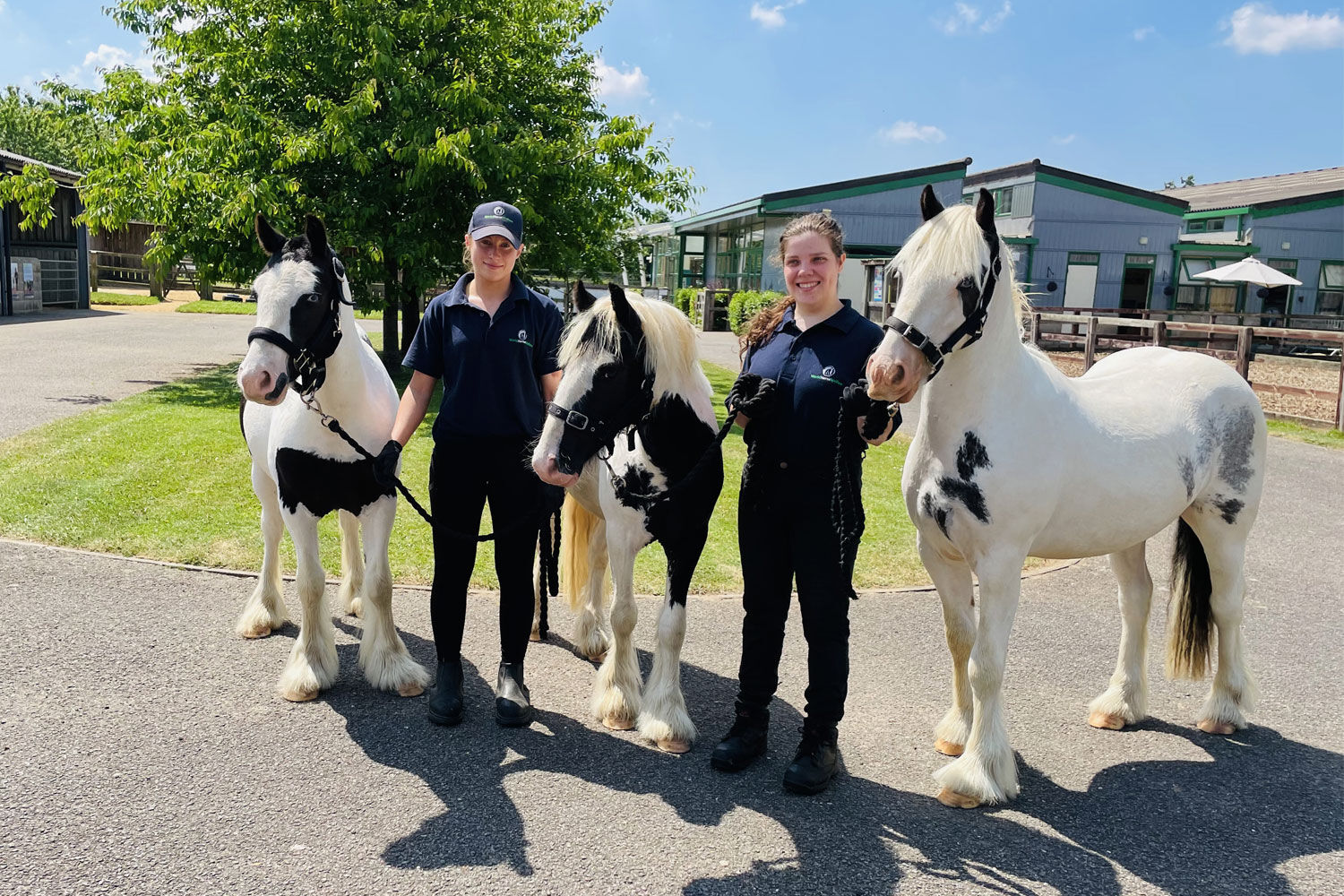
Rescue cobs are in possession of rather “Austen-tatious” names
Having been in a sorry state, the future is now bright for Mr Bingley, Mr Bennet and Mr Darcy.
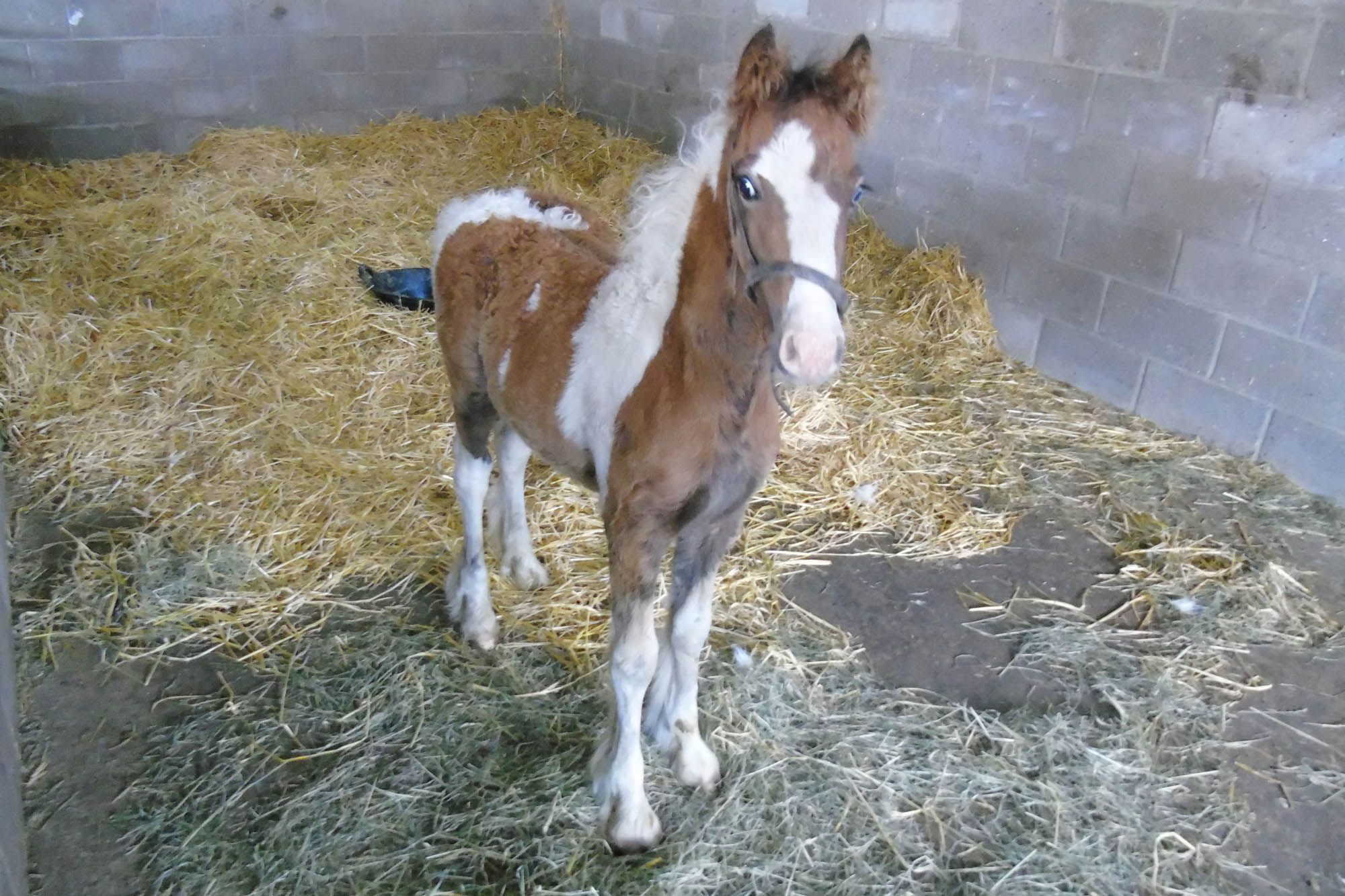
Dumped six-week-old foal lucky to survive: Charity appeals for information
A foal found dumped in a field has survived against the odds and now World Horse Welfare is calling for information.
Enjoy reading stories like this?
Join over 55,000 other horse lovers and sign up for our email newsletter
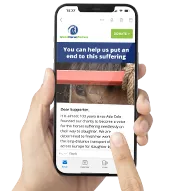
Join over 55,000 other horse lovers and sign up for our email newsletter
Sign me up now